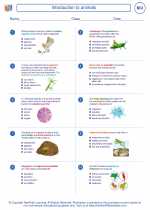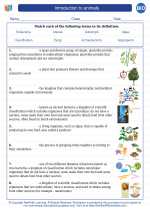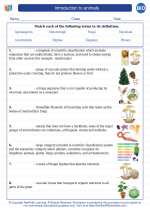Vitamin A
Vitamin A is a fat-soluble vitamin that is essential for various bodily functions, including vision, immune system function, and cell growth.
Sources of Vitamin A
Vitamin A can be obtained from both animal and plant sources. Retinol, the active form of vitamin A, is found in animal sources such as liver, egg yolks, and dairy products. Provitamin A carotenoids, which can be converted into vitamin A in the body, are found in colorful fruits and vegetables such as carrots, sweet potatoes, spinach, and kale.
Functions of Vitamin A
Vitamin A plays a crucial role in maintaining healthy vision, particularly in low-light conditions. It also supports the immune system by helping to maintain the integrity of the skin and mucous membranes, which act as barriers to infection. Additionally, vitamin A is important for the growth and development of cells and tissues, including bone growth and reproductive health.
Deficiency and Toxicity
A deficiency in vitamin A can lead to night blindness, increased susceptibility to infections, and poor growth in children. On the other hand, excessive intake of vitamin A can lead to toxicity, causing symptoms such as nausea, headache, dizziness, and in severe cases, liver damage.
Recommended Intake
The recommended dietary allowances (RDAs) for vitamin A vary by age and gender. For adult males, the RDA is 900 micrograms per day, while for adult females, it is 700 micrograms per day. Pregnant and lactating women have higher RDAs due to the increased demands of pregnancy and breastfeeding.
Study Guide
When studying vitamin A, it's important to understand its sources, functions, and potential health implications of deficiency and toxicity. Be sure to familiarize yourself with the recommended intake levels for different age groups and genders. Additionally, you should be able to identify foods that are rich in vitamin A and understand the difference between preformed vitamin A (retinol) and provitamin A carotenoids.
.◂Biology Worksheets and Study Guides High School. Introduction to animals

 Worksheet/Answer key
Worksheet/Answer key
 Worksheet/Answer key
Worksheet/Answer key
 Worksheet/Answer key
Worksheet/Answer key
 Vocabulary/Answer key
Vocabulary/Answer key
 Vocabulary/Answer key
Vocabulary/Answer key
 Vocabulary/Answer key
Vocabulary/Answer key
